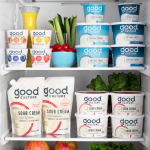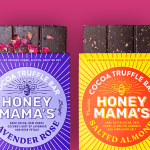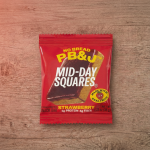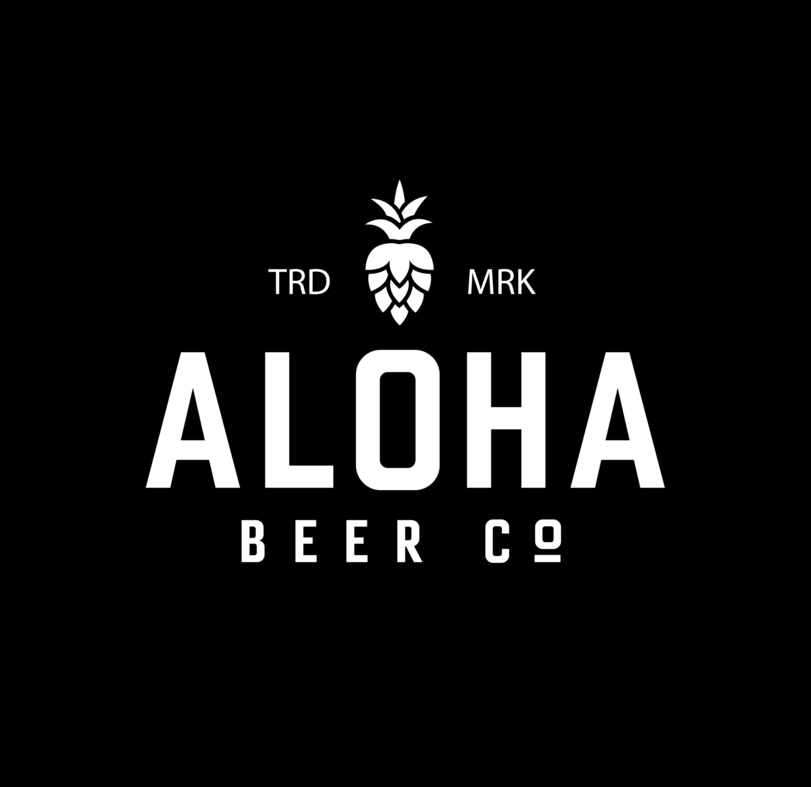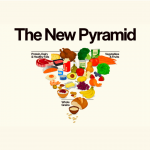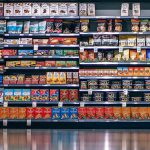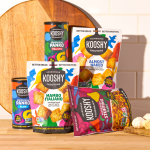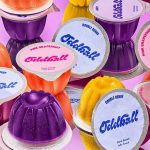Ozempic & CPG: Fear & Loathing, Or False Alarm?
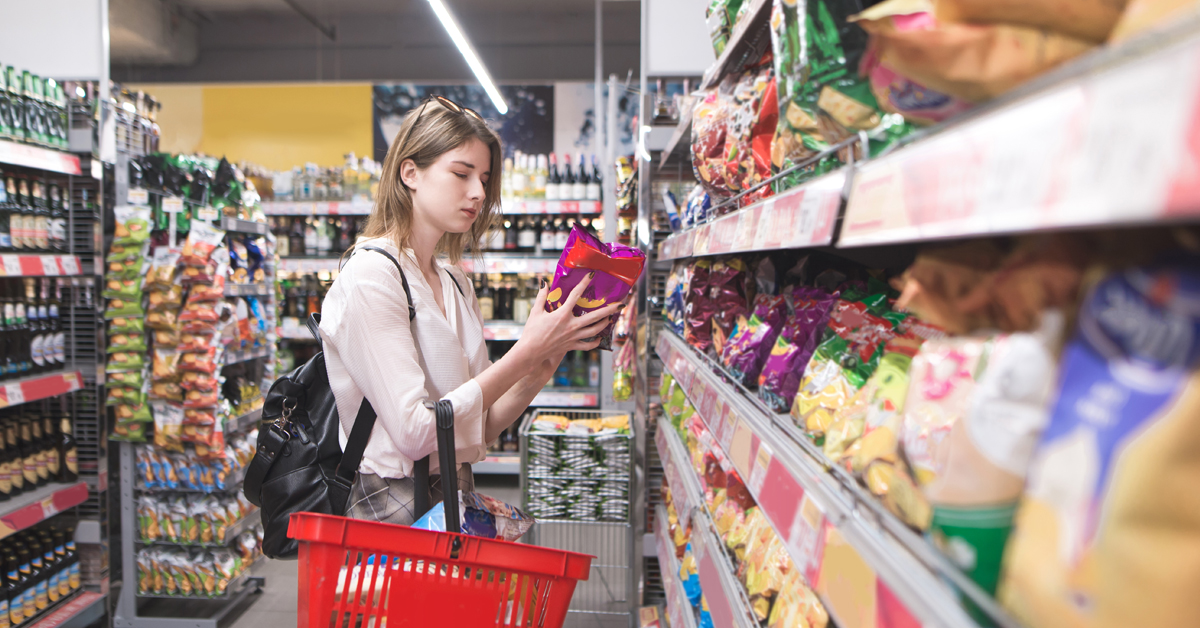
Much of the discourse surrounding the meteoric rise of GLP-1 drugs aiding in weight loss has revolved around the impact it will have on the food and beverage industry. Yet, conjecture about the drugs’ use dramatically affecting the topline of major strategics profit-loss statements might be premature.
Many food and beverage companies have taken a wait-and-see approach to how they might react to more widespread use of the drugs. Yet, there are some companies who are already strategizing on how consumer interest in GLP-1s could offer whitespace in the better-for-you and meal supplement categories.
Food’s Friend or Foe?
GLP-1 drugs, or glucagon-like peptide 1 agonists, were initially developed to help manage symptoms of Type 2 diabetics. The drugs mimic the GLP-1 hormone which is released in the body when blood sugar levels rise above a certain limit. The hormone tells the body to respond by releasing insulin to lower blood sugar levels.
Thanks in part to traction with Hollywood stars, a new cohort of branded products – Ozempic, Mounjaro, Wegovy, Trulicity and Eli Lilly’s recently introduced Zepbound (among others) – have become increasingly popular. High doses of semaglutide medications — the class of drugs the Food and Drug Administration categorizes GLP-1s into — can slow the movement of food through digestion, at times making users feel full faster and for longer periods resulting in disinterest in eating as often.
“A year ago, almost all users of these medications were using it for diabetes management, and only 10% were using it for weight loss,” said market research firm Numerator’s chief economist Dr. Leo Feler in a press release statement. “Now, almost 50% of those using these medications are doing so for weight loss.”
The rapid rate of adoption by non-diabetics using GLP-1s to lose weight could be construed as a cause for concern among snack brands who saw a rise in snacking during the pandemic. But it depends on who you ask.
Walmart CEO John Furner went so far as to reference the drug’s impact on the mass retailer’s sales in a Bloomberg interview in October.
“We definitely do see a slight change compared to the total population, we do see a slight pullback in overall basket,” he said at the time. “Just less units, slightly less calories.”
A month later, Furner slightly walked back from that assertion in the company’s November Q3 2024 earnings call saying, “it’s still early. And time will tell how this affects the customer and affects the business.”
Food and beverage could see “softer demand” in high-fat, salty and sweet snack brands, wrote Morgan Stanley tobacco and packaged food analyst Pamela Kaufman in a September report. Ozempic users could reduce consumption of confections, sugary drinks and baked goods by as much as a two-thirds.
Consumers using GLP-1 drugs for weight loss have spent -3% less on food with unit sales volumes declining -8.6% year-over-year in the period between January through September, according to data from Numerator.
The Wait-And-See Approach
Though headlines may generate a sense of urgency, much of what is being reported about the impact on snack foods is “anecdotal” at this point, according to Jeff Grogg, founder and managing director of innovation consulting group JPG Resources.
“The smart brands are going to try and understand, is it eating less at every occasion [or] is it less eating occasions and which occasions are the most impacted,” said Grogg. “Those [questions] lead you to what kind of actions to take.”
“One of the more critical things is understanding, is there a behavioral theme? Because then you can understand if your brand is likely to be impacted or not,” he said.
Echoing the sentiments of many multinational snack and soft drink makers when questioned about GLP-1s, identifying and understanding behavioral changes can help determine if an individual brand is likely to be impacted or not, Grogg noted.
Coca-Cola president and CFO John Murphy said the company is “very focused” on monitoring how GLP-1s could change consumer buying behavior during the beverage giant’s Q3 call last month. Murphy countered the call to innovate by saying that 68% of Coke’s portfolio have lower or no calories making it “well-positioned to provide choice and to provide options for people’s respective motivations and needs.”
In a similar response, PepsiCo’s chairman and CEO Ramon Laguarta said there are still “a lot of question marks” in how it will affect consumption behavior calling the impact “negligible today,” during the company’s third quarter earnings report.
Mondelez chairman and CEO Dirk Van de Put went one step further in calling the whole topic “overblown” in the short-term and “about 0.5% to 1% volume effect 10 years down the road.”
Some estimates are slightly more aggressive on the long term impact of GLP-1 drugs. Carbonated soft drinks, baked goods and salty snacks may fall up to 3% by 2035, according to the report from Morgan Stanley.
Other weight loss companies are leaning into the public’s newfound obsession with the potential of GLP-1 drugs to curb appetite, help lose weight and make healthier food choices.
Nestlé is one name that has taken a more proactive approach: CEO Mark Schneider said the food maker’s Health Science department is already developing a number of “companion products” that would address the risk of malnutrition and the loss of lean muscle mass for GLP-1 users.
Schneider called out Nestlé’s OptiFast weight loss product line as a “good fit” for consumers who are thinking about using a GLP-1, on the drug or coming off it.
Elsewhere, Simply Good Foods — the parent company to both Atkins and Quest Nutrition — has invested in research on GLP-1 users and is already working with external partners to “deliver targeted communication, brand messaging and offers about how our product can be used as a companion,” president and CEO Geoff Tanner said in the company’s latest earnings call.
Though these moves by larger weight loss brands could prove fruitful in the future, it can take a long time to reposition a large strategic or multinational food company.
The long lead times required by medium-to-large CPG companies make it harder to capitalize on dietary trends, said Evan Eckman, partner and CMO of food industry consultant firm Chief Outsiders. Rather than chasing the latest trends, he argued that larger companies should instead be looking at macrotrends and longer term solutions.
“In the end, people lose weight because they consume fewer calories,” he said. “And so in the long term healthier snacks can be -– despite all of the things that are going on in the food industry — more and more appealing to consumers.”
That’s not to say that smaller more agile brands can’t reposition themselves quickly to capitalize on consumer interest.
Supplement company Supergut (formerly named Muniq) was founded to address the dangers of obesity in type 2 diabetics by providing functional meal replacement shakes fortified with gut-healthy prebiotic fiber. Founder Marc Washington sees his brand fitting in nicely into consumers’ rising interest in GLP-1s.
Supergut shakes reduce food cravings, stimulate the metabolism and address the gut microbiome helping to combat some of the side effects of GLP-1s like vomiting, diarrhea, constipation and bloating, he said.
It’s not just market fit though, Washington sees GLP-1s changing Americans’ relationship with food.
“What happens when a nation that invented the supersized portion isn’t hungry and doesn’t crave junk food?” he said.
What if the long term effects of the drug are not necessarily an exponential rise of people on GLP-1s but instead a portion of the population looking to replicate the effects of the drugs by making healthier food choices.
“I look at Ozempic as the catalyst. I don’t see it as all a pharma-driven impact on health. I think we have a really, really big role to play,” Washington said. “It’s just a fundamental shift in consumer behavior. Your body actually is meant to produce the GLP-1 hormone if you’re feeding it the right things.”

